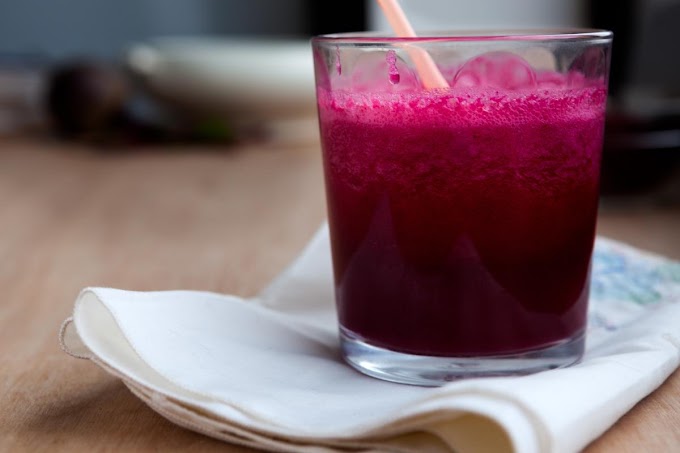Potato chips are a universally loved snack, perfect for everything from movie nights to casual get-togethers. While store-bought versions are convenient, there’s something special about making your own homemade potato chips. They’re fresher, and you have complete control over the ingredients, ensuring they’re as healthy or indulgent as you like. Using a mandoline slicer makes the process even more efficient, giving you perfectly thin and uniform slices every time. In this blog, we’ll walk you through the step-by-step process of making homemade potato chips using a mandoline slicer, along with tips for achieving that perfect crunch.
Choosing the Right Potatoes
The first step in making homemade potato chips is selecting the right type of potatoes. The best potatoes for chips are starchy varieties like Russets. These potatoes have a low moisture content and a high starch content, which is essential for achieving crispy chips. Yukon Golds can also work, but they’ll yield a slightly softer chip with a more buttery flavor.
Preparing Your Ingredients
Once you’ve selected your potatoes, it’s time to prepare the ingredients:
Potatoes: You’ll need about 3-4 medium-sized potatoes to make a batch of chips.
Oil: Choose a high-smoke point oil like canola, sunflower, or peanut oil.
Salt: Kosher salt or sea salt works best for seasoning.
Optional Seasonings: Consider adding garlic powder, paprika, or rosemary for extra flavor.
Washing and Peeling the Potatoes
Start by thoroughly washing your potatoes under cold water to remove any dirt or residue. If you prefer, you can peel the potatoes, though keeping the skin on can add an extra layer of texture and flavor to your chips. Once washed and peeled, pat the potatoes dry with a paper towel.
Slicing the Potatoes with a Mandoline Slicer
The key to perfect potato chips is uniform thickness, and a mandoline slicer is the ideal tool for achieving this. Set your mandoline slicer to a thickness of about 1/16th of an inch (1.5 mm). This thickness ensures the chips will cook evenly and become crispy without burning.
Carefully slide each potato down the mandoline, making sure to use the hand guard to protect your fingers. Collect the slices in a bowl as you go. Once all the potatoes are sliced, soak the slices in cold water for at least 30 minutes. This step helps remove excess starch, which is crucial for achieving crispy chips.
Drying the Potato Slices
After soaking, drain the potato slices and rinse them under cold water. Lay the slices out on a clean kitchen towel or paper towels and pat them dry. Removing as much moisture as possible is essential for crispy chips, so don’t rush this step.
Frying the Potato Chips
Now it’s time to fry the chips. Heat your oil in a deep fryer or a large, heavy-bottomed pot. The oil should be heated to around 350°F (175°C). To test if the oil is ready, drop a single potato slice into the oil; if it sizzles and floats to the top, the oil is ready.
Carefully add a handful of potato slices to the oil, being careful not to overcrowd the pot. Overcrowding can cause the temperature of the oil to drop, leading to soggy chips. Fry the slices for 3-5 minutes, turning occasionally, until they’re golden brown and crispy.
Draining and Seasoning the Chips
Using a slotted spoon, remove the chips from the oil and place them on a paper towel-lined baking sheet to drain excess oil. While the chips are still hot, sprinkle them with salt and any additional seasonings you prefer. The heat will help the seasonings stick to the chips, ensuring even coverage.
Baking Option for a Healthier Alternative
If you’re looking for a healthier alternative to frying, you can bake the potato slices instead. Preheat your oven to 400°F (200°C) and line a baking sheet with parchment paper. Arrange the potato slices in a single layer on the sheet, brushing them lightly with oil on both sides.
Bake the slices for 15-20 minutes, flipping them halfway through to ensure even cooking. Keep an eye on them during the last few minutes, as they can quickly go from golden to burnt. Once they’re done, remove them from the oven and immediately season them with salt and any other desired seasonings.
Storing Homemade Potato Chips
If you’re not planning to eat all your chips right away (though it’s hard to resist!), you can store them in an airtight container for up to a week. To maintain their crispiness, keep the container in a cool, dry place.
Flavor Variations to Try
One of the joys of making homemade potato chips is experimenting with different flavors. Here are a few ideas to get you started:
Salt and Vinegar: Toss the chips in a mixture of salt and vinegar powder after frying.
Barbecue: Sprinkle the chips with a blend of smoked paprika, garlic powder, onion powder, and a touch of brown sugar.
Herb and Garlic: Mix dried herbs like rosemary, thyme, and parsley with garlic powder for a savory twist.
Spicy: Add a kick with a sprinkle of cayenne pepper or chili powder.
Tips for Perfect Chips
Use Cold Water: Soaking the potato slices in cold water helps to remove excess starch, which prevents them from sticking together and ensures they’ll be crispy.
Don’t Skip the Drying Step: Excess moisture on the potato slices can cause the oil to splatter and lead to soggy chips, so make sure they’re thoroughly dried before frying.
Monitor Oil Temperature: Keeping the oil at a consistent temperature is key to evenly cooked, crispy chips. A cooking thermometer can help you maintain the right temperature.
Season Immediately: Season the chips while they’re still hot to ensure the flavors adhere properly.
Final Thoughts
Making homemade potato chips using a mandoline slicer is not only easy but also incredibly rewarding. With a few simple steps, you can create a snack that’s fresher and tastier than anything you’ll find in a bag. Plus, the ability to customize your seasonings means you can enjoy your chips exactly the way you like them. Whether you prefer them classic and salty, or with a creative twist, homemade potato chips are sure to be a hit at your next gathering. Enjoy the process, and happy snacking!








Social Plugin